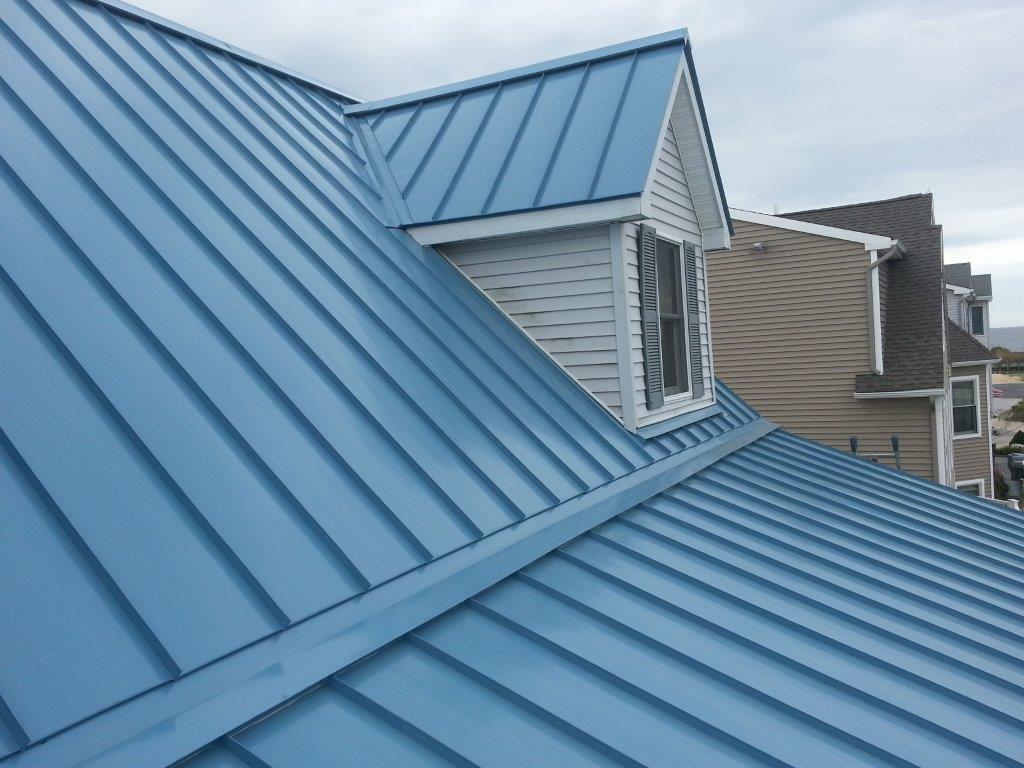Quick Tips for Selecting A Metal Roof
May 31, 2023Quick Tips for Selecting A Metal Roof
Metal roofs have often been overlooked as roofing options in the United States. Lately, though, many American property owners are beginning to understand why their counterparts in other countries prize metal roofs: Not only are metal roofs notably strong and durable; they are extremely visually appealing and last longer than traditional roofs.
In fact, under the right conditions and with proper maintenance, metal roofs can last almost forever; whereas you typically have to replace shingles at least every 40 years, you can install a metal roof once and probably never have to replace it in your lifetime, saving you both time and money. Of course, the key to this is selecting the right metal roof for your property. So, to help you do that, here are four things to consider when shopping for metal roofing.
4 Things To Consider For When Shopping For a Metal Roof
1.) Appearance
Often, when people think of metal roofing, they think of the shiny, tin roofs on third-world shanties. And yet, nowadays, metal roofing comes in a wide variety of colors and styles, making it more than just corrugated panels. For example, some manufacturers produce metal roofing with colored, textured designs.
With the ability to do so, then, you’ll want to be sure your metal roof complements the entirety of your property’s architecture. And, as for that, many metal-roofing manufacturers and sellers offer online apps or downloadable software that will help you visualize what your metal roof will look like once installed. Even better, some companies offer the services of professional designers who will give you advice on how to get the best possible aesthetic results.
2.) Materials
Sure, “metal roofing” means the roofing is made with metal, but what kind of metal is up to you. In fact, anymore there are metal roofing products made of steel, tin, zinc, copper, aluminum and a wide array of alloys. And which you choose shouldn’t merely be a matter of aesthetics, as often these materials behave differently depending on their environments.
For instance, steel is typically one of the sturdiest, strongest metals, but in areas that receive a lot of precipitation the added wetness can cause increased oxidization, leading to rust. Similarly, you cannot use zinc in damp areas if any other part of your roof is made of copper, and vice versa, because contact between these two metals in a wet environment will make the zinc corrode.
3.) Warranty
When you purchase metal roofing, be sure to read and compare products’ warranties thoroughly. Long warranties, especially lifetime warranties, are typically the best because they are a kind of insurance; suppose you have a lifetime warranty on your roof in addition your standard property insurances: Having both such coverages typically double-covers the replacement costs of your roof.
Otherwise, you should read and compare products’ warranties thoroughly so you understand what duties are required to avoid voiding them; some warranties seem great at first glance, but their terms are impossible to adhere to. Obviously, this is intentional on the parts of such warranties’ issuing manufacturers, who are happy to use “lifetime warranty” for marketing purposes but don’t actually want to pay to replace peoples’ roofs down the road.
4.) Energy Efficiency
Depending on where your property is and your installation methods, metal roofing can reduce your energy costs a great deal. The final thing to consider when shopping for metal roofing, then, is how different products’ materials, designs and standard installations will improve your property’s energy efficiency overall.
Indeed, though you might think metal roofing is only an option in warmer climates, some metal-roofing products are sold with insulating underlayment and special coatings that reflect solar radiation and sunlight. Such super-materials actually work to keep the spaces beneath metal roofs both warmer in winter and cooler in summer. So make sure every product you are seriously considering features these materials as standard.


